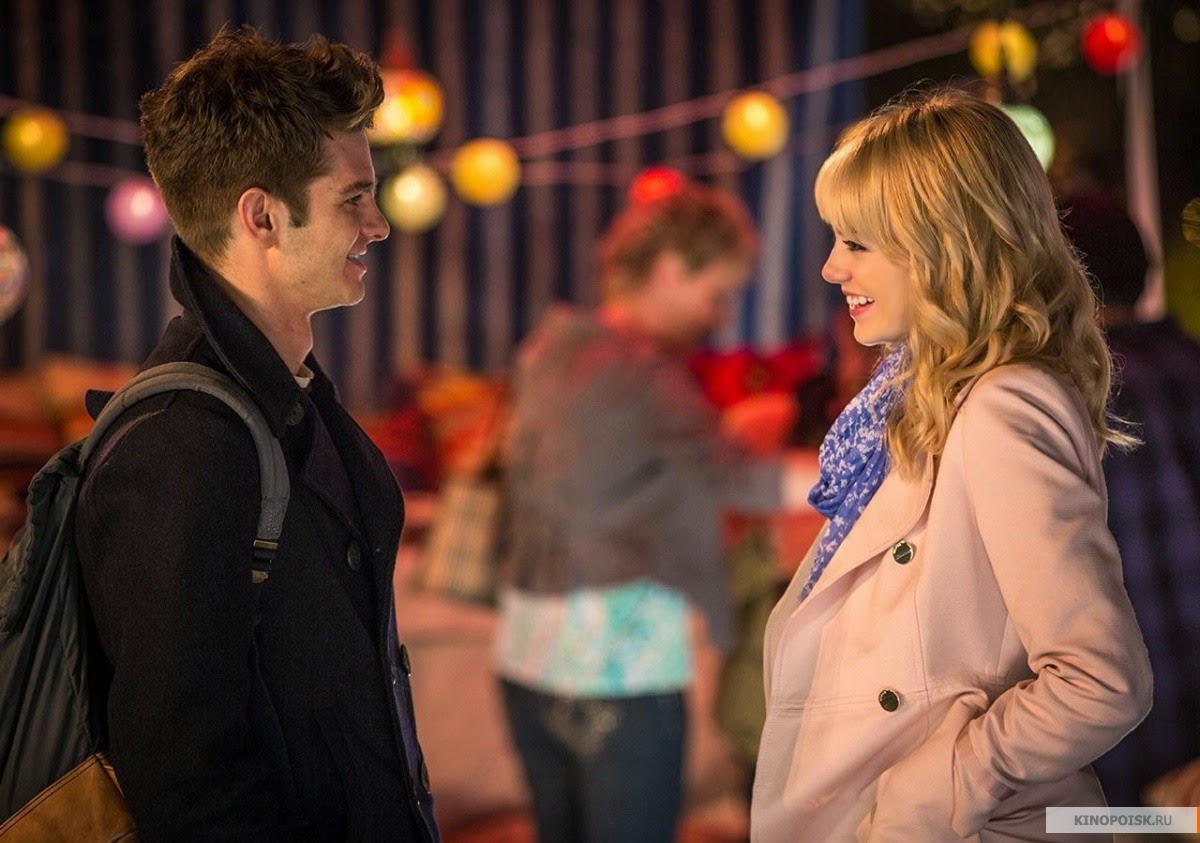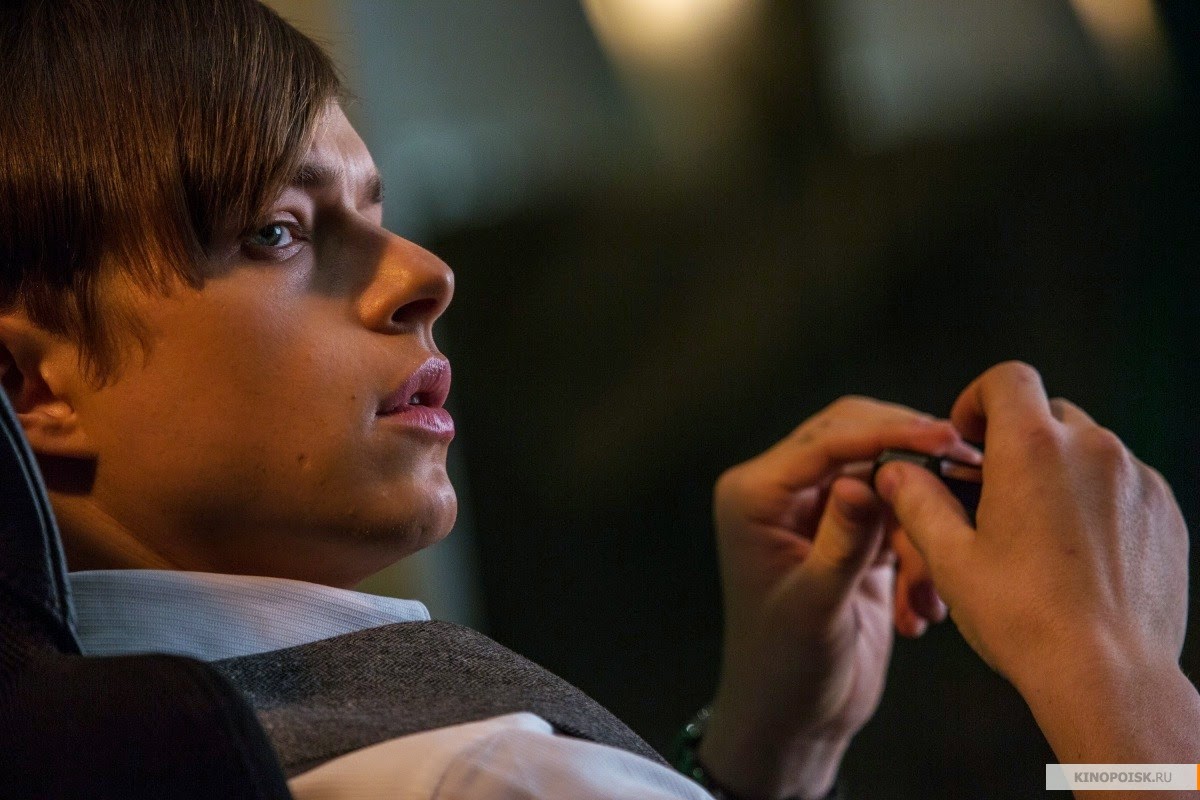In 2015, I visited the exhibition “Icelandic autumn” at the Pushkin Museum of Fine Arts in Moscow and saw a painting which immediately captured my eye. This was a work by Jóhannes Sveinsson Kjarval (1885-1972), one of the most distinguished and beloved Icelandic artists. It is entitled Lava (oil, canvas) and is the property of the Embassy of Iceland in Moscow. The painting is one of the master's latest works, created in Álftanes, not far from Reykjavik.
Lava is kept at the Embassy of Iceland in Moscow at 28, Khlebny lane but was temporarily loaned to one of Russia's most famous museums to be shown to general public in November, 2015 as part of the “Icelandic culture days” in Moscow. The Russian public received it with great enthusiasm.
Lava refers to Kjarval's later period in career (after 1929) when he decided to focus on Icelandic landscape and painting en plein air. In this period, he worked with thick, pasty strokes. This technique makes the composition very dynamic, brings all the elements of the landscape into motion and best of all gives the audience a chance to “feel” the lava-covered surface. In Lava Kjarval shows the “lunar” rugged structure of the surface of Iceland, with little round holes – the result of gas evaporation when magma cools down.
The painting depicts Gálgahraun (Gallow´s Lava) – a unique lava field in Álftanes, at the north end of Garðahraun. It is a part of a much larger lava flow from about 8.000 years ago, called Búrfellshraun. Kjarval found this place in 1945 and came there often to paint in the following years. He even taught there – some of his equipment and traces of his paint were found in the caves.
Gálgahraun is named after Gálgaklettar, enormous rocks, where criminals were hung and buried. A very rare lichen species, gálgaskegg (Bryoria implexa), grows on those rocks. This dark brown plant can be found only in this part of Iceland. We can notice the grey “klettar” and brown “gálgaskegg” in the background of the painting.
 |
| Gálgaklettar |
Lava fields were a constant source of inspiration for Kjarval. This may be explained by the fact that he was born in the south coast of Iceland, where the world's largest lava fields are situated, and he was drawn to them since the early childhood. He painted several dozen paintings in Gálgahraun and some of them are considered to be his main masterpieces, for example, Sunny winter picture from Gallow's lava (is: Sólar vetrarmynd úr Gálgahrauni, 1955).
 |
Sólar vetrarmynd úr Gálgahrauni by Jóhannes Kjarval (1955)
Most of Kjarval's lava paintings are in green hues thanks to the moss which covers the lava fields. “When the lava is a fiery mass, it isn't thinking about solidified lava – and after the molten rock congeals, it forgets the fire. Then the moss comes and spreads a gray quilt over the land. The fire survives in the moss, the moss in the heather, the heather in the painting. And everything becomes green.”, – wrote Kjarval.
What is peculiar about his paintings from Gálgahraun – they are predominantly beige and grey in color. This way he emphasizes nakedness, richness of shape, texture and shades of lava fields, with scarce vegetation on them.
While other artists of his time, Ásgrímur Jónsson and Þórarinn B. Þorláksson, worked in a style known as national romanticism, Kjarval developed his own individual style which was influenced by impressionism, expressionism, cubism and abstract art. Comparing his paintings from different places and different years we see that his style changes over the time. There are some works in which the artist uses Cubism style and “hides” creatures in moss and stones, e.g. The Sailor and the mermaid in Eldhraun (1934-36). Other works are more abstract with spirits and faces staring out of the rocks, e.g. From Gallow´s Lava (1960).
 |
| Sjómaðurinn og Hafmeyjan i Eldhrauninu (The Sailor and the mermaid in Eldhraun) by Jóhannes Kjarval (1934-36) |
Lava scenery, Snæfellsnes, by Jóhannes Kjarval (undated)
 |
Hraun (Lava) by Jóhannes Kjarval (1937)
 |
Mosi og hraun (Moss and lava) by Jóhannes Kjarval (1939) |
Hraunklettur (Lava rocks) by Jóhannes Kjarval (1945)
The closest to Lava in Moscow in style and colors is probably the painting Gálgaklettur (1956) from the collection of the Reykjavík Art Museum. It also depicts the same place with enormous grey rocks in the background, beige/brown in the front, but has slightly greener tones.
 |
Gálgaklettur by Jóhannes Kjarval (1956) |
When I was at school, we were taught that lava comes from volcanoes and that it is very dangerous. In my imagination, lava was always red and hot. So it was a revelation that lava can be hardened, peaceful, calm, covered with moss. In 2018, I first came to Iceland and while driving from the Keflavik airport, I saw these moss-covered lava fields. No trees. Just lava and a road crossing it. I instantly fell in love.
Though Kjarval is famous for symbolic anthropomorphisation of the landscape by blending different creatures into the nature, the Moscow Lava has no such peculiarity. This painting is about the culture in an aesthetic sense – the artist shows us the beauty and diversity of nature in a place where most people would only see naked, rugged, ugly lava field.
I would recommend the entire Lava series to everyone as it makes you very emotional without any effort. And art is all about emotions.
List of Works Consulted
- Gálgahraun í Álftanesi.(2013, April 3). Editorial. Icelandic Times Magazine. https://icelandictimes.com/is/galgahraun-i-alftanesi/
- Gálgaklettar. (2015, June 18). Ferlir. Retrieved 25 October, 2020, from https://ferlir.is/galgaklettar/
- Garðahraun – Jóhannes Kjarval. (2009, April 19). Ferlir. Retrieved 25 October, 2020, from https://ferlir.is/gardahraun-johannes-kjarval/
- Gálgahraun. (2020). In Wikipedia. https://is.wikipedia.org/wiki/Gálgahraun
- Gunnsteinn Ólafson. (2009, April 4). Einstök náttúruperla eyðilögð?Morgunblaðið.https://timarit.is/page/5250150#page/n37/mode/2up
- Karen Kjartansdóttir. (2012, July 27). Varar við vegaframkvæmdum um Garðahraun.Visir.is. https://www.visir.is/g/2012120729255/varar-vid-vegaframkvaemdum-um-gardahraun-
- Icelandic autumn. (2015). Exhibition. The Pushkin Museum of Fine Arts. http://www.arts-museum.ru/events/archive/2015/iceland/index.php?lang=en
- Lewis, J.A. (2001, November 5). Icelandic Images, Easy to Warm To.Washington Post.https://www.washingtonpost.com/archive/lifestyle/2001/11/05/icelandic-images-easy-to-warm-to/bcf771de-c40f-4a52-a294-3d42721287a1/
9. Starri Heiðmarsson. (2007). Gálgaskegg (Bryoria implexa).Náttúrufræðistofnun Íslands. https://www.ni.is/biota/fungi/ascomycota/pezizomycotina/lecanoromycetes/lecanoromycetidae/lecanorales/parmeliaceae-45
Xoxo,
B















